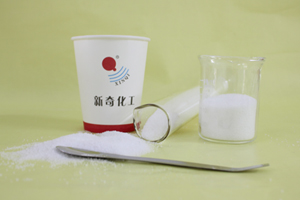Water treatment chemicals, the most systematic classification and summary
Water treatment chemicals are also generally called water treatment agents, water treatment materials, water purification agents, water quality stabilizers, etc. Its function is to remove most impurities and harmful substances and components in the water. Its functions involve domestic sewage, industrial wastewater, drinking water, oil field wastewater, chemical wastewater, industrial urban water supply, circulating water, …
Water treatment chemicals, the most systematic classification and summary Read More »









